Indian Hair Jewelry Biography
Source (google.com.pk)
The people of India have expended limitless energy and creativity in the invention of ornaments that celebrate the human body. Adorning the visible, material body, they feel, satisfies a universal longing for the embellishment of its intangible counterpart, namely the human spirit.
Indeed rarely is a traditional Indian ornament simply decorative and devoid of inherent meaning or symbolic value. Symbols found in Indian jewelry act as a metaphorical language communicated from the wearer to the viewer. Such a jewelry is created from an infinite reserve of symbolically significant forms and images, some obvious, some subtle, and some whose meaning is forgotten.
Shringar
Complementary to such thought is the conventional view where the graceful form of a woman is said to epitomize the ideal beauty and mystery inherent in nature. Thus befittingly each and every part of the feminine physique including the head, torso, limbs, and between the appended parts - have consistently been used to support ornaments, often in ingenious ways. The Indian idea being that only things covered with ornaments are beautiful. Poetry must overflow with rhetorical ornaments (alamkara), metaphors, alliterations, and other musical effects. The verb alam-kara, "to adorn, to decorate," means literally "to make enough": for the simple appearance without ornament is "not enough"; it is poor, disgraceful, shocking, except in the case of an ascetic. Hence the stress on adornment of the women, who are but the poetry of nature.
Lady of the Harem
Ornamentation not only serves to please the eyes of the beholder but also fulfils an auspicious purpose. The impulse to adorn stems from a deep rooted sensibility to mark every occasion of life with auspicious symbols, designs and figures to obtain good fortune and protection from evil. Thus a fully bedecked woman evokes in the viewer a deep and ingratiating feeling of tranquil contentment, springing from an intuitive realization that evolving before him is an image of perfect beauty, symbolically conveying the richness and completeness which is but natural to nature.
The Ten Mahavidyas : Shodashi - She Who is Lovely in the Three Worlds
The ancients who translated the abstract nuances of Indian philosophy into images of everyday reality went even further and canonized the adornment of the female form into sixteen different ornaments (solah shringar), covering her entire being from the head to toe. The choice of the number sixteen too is not without significance. It is a significant number among the Hindus, and corresponds to the sixteen phases of the life of the moon, which in turn is connected with a woman's menstrual cycle. This is another pointer to the feminine physiognomy being a microcosm of the rhythms of natural processes. Further a woman of sixteen is considered at the peak of physical perfection in her life. At this stage of her life the aspect of delight is most pronounced. Her nature is to play, seek new experiences, and to charm others to her. Her innocence attracts to her all that is true and good. Indeed it is common for deities to be described as eternally sixteen years old, which is considered the most beautiful and vigorous human age. In fact an important goddess is named after the Sanskrit name for sixteen (Shodashi), and is visualized as having all the above mentioned qualities.
The sixteen ornaments said to make up the standard repertoire of feminine adornment are:
Bindi
The bindi is a small ornamental dot placed at the center of the forehead, between the eyes.
Jewels were always part of human culture. Even from the times when humans first started using clothes and tools some 100.000 years ago, jewels were produced from any kind of materials that were available - stones, animal skins, feathers, plants, bones, shells, wood, and natural made semi-precious materials such as obsidian. As the time went on, advancing technology enabled artisans to start taming metals and precious gems into works of art that influenced entire cultures and many modern jewelry styles. However, even with all advancements of metallurgy and gem processing, the purpose of wearing jewelry always remained the same - they enabled wearer to express himself non-verbally, showcase wealth, rank, political and religious affiliation or affections toward someone. This enabled jewelry to become timeless and a target for constant development and refinement.
Development of early jewelry can be roughly divided across three ancient civilizations - Egypt, India and China. Egypt and Mesopotamia set standards in metallurgy, gem collecting, and glass manufacture. Their several thousand year long tradition of jewelry production laid a solid foundation for all European civilizations that came after them, and their unique style affected fashion trends even four thousand years later.
India however managed to develop such a connection to jewelry that it became integral part of their daily life and religion. Since they were the first who managed to conquer the art of gold gathering and processing, they develop art of jewel making much earlier than anyone in their environment. This made them one of the most sought destinations for trade, which eventually became driving force for the incredible expansion of European civilization during the Age of Discovery. On the far side of the world, China managed to become driving force in developing of arts and their influence slowly spread their unique style across entire Asia. Chinese style that is focused on scenes of nature, animals and dragons is today still in high popularity, and continues to be developed with each passing year.
After the fall of Ancient Egypt and Roman Empire, Europe became driving force of jewelry innovation. However, it took a long time until they managed to claim that position. After almost thousand years of isolation, famine, plagues and wars, Western Europe finally came into contact with distant civilizations during Crusades which enabled flow of new knowledge an ideas that enabled birth of Renaissance. As transfer of wealth from nobility, royalty and church continued to flow to middle classes during Renaissance, Age of Discovery and Industrial Revolution, jewelry designs and fashion trends changed dramatically. During those times world saw the appearance and disappearance of many styles, some new and original and some based on older designs found in the ruins of long gone civilizations (mostly Egyptian, which became one of the inspirations of Romanticism and Art Deco).
After more than 100.000 years of use of decorative items, and more than 6 thousand years of metallurgy and gem processing, we can surely say that jewels will forever remain integral part of humanity and our entire civilization
Jewels were always part of human culture. Even from the times when humans first started using clothes and tools some 100.000 years ago, jewels were produced from any kind of materials that were available - stones, animal skins, feathers, plants, bones, shells, wood, and natural made semi-precious materials such as obsidian. As the time went on, advancing technology enabled artisans to start taming metals and precious gems into works of art that influenced entire cultures and many modern jewelry styles. However, even with all advancements of metallurgy and gem processing, the purpose of wearing jewelry always remained the same - they enabled wearer to express himself non-verbally, showcase wealth, rank, political and religious affiliation or affections toward someone. This enabled jewelry to become timeless and a target for constant development and refinement.
Development of early jewelry can be roughly divided across three ancient civilizations - Egypt, India and China. Egypt and Mesopotamia set standards in metallurgy, gem collecting, and glass manufacture. Their several thousand year long tradition of jewelry production laid a solid foundation for all European civilizations that came after them, and their unique style affected fashion trends even four thousand years later.
India however managed to develop such a connection to jewelry that it became integral part of their daily life and religion. Since they were the first who managed to conquer the art of gold gathering and processing, they develop art of jewel making much earlier than anyone in their environment. This made them one of the most sought destinations for trade, which eventually became driving force for the incredible expansion of European civilization during the Age of Discovery. On the far side of the world, China managed to become driving force in developing of arts and their influence slowly spread their unique style across entire Asia. Chinese style that is focused on scenes of nature, animals and dragons is today still in high popularity, and continues to be developed with each passing year.
After the fall of Ancient Egypt and Roman Empire, Europe became driving force of jewelry innovation. However, it took a long time until they managed to claim that position. After almost thousand years of isolation, famine, plagues and wars, Western Europe finally came into contact with distant civilizations during Crusades which enabled flow of new knowledge an ideas that enabled birth of Renaissance. As transfer of wealth from nobility, royalty and church continued to flow to middle classes during Renaissance, Age of Discovery and Industrial Revolution, jewelry designs and fashion trends changed dramatically. During those times world saw the appearance and disappearance of many styles, some new and original and some based on older designs found in the ruins of long gone civilizations (mostly Egyptian, which became one of the inspirations of Romanticism and Art Deco).
After more than 100.000 years of use of decorative items, and more than 6 thousand years of metallurgy and gem processing, we can surely say that jewels will forever remain integral part of humanity and our entire civilization
Indian Hair Jewelry Indian Jewelry Sets Bangles Rings Box Designs Band Designs Lates Gold Earnings Designs Ads Photos Images Pics
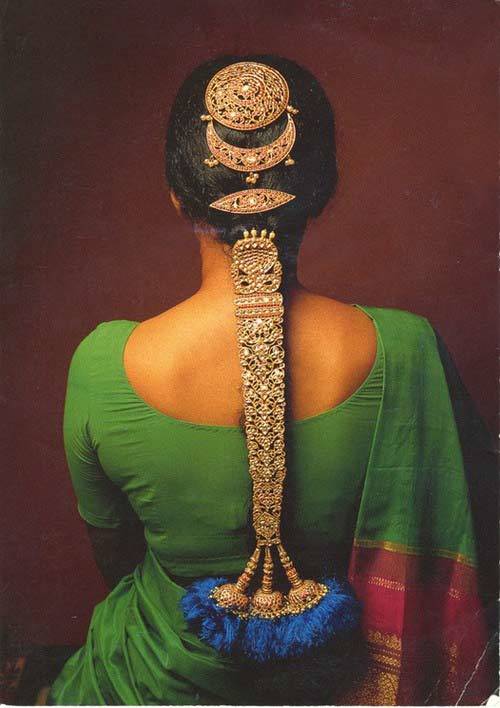
Indian Hair Jewelry Indian Jewelry Sets Bangles Rings Box Designs Band Designs Lates Gold Earnings Designs Ads Photos Images Pics
Indian Hair Jewelry Indian Jewelry Sets Bangles Rings Box Designs Band Designs Lates Gold Earnings Designs Ads Photos Images Pics
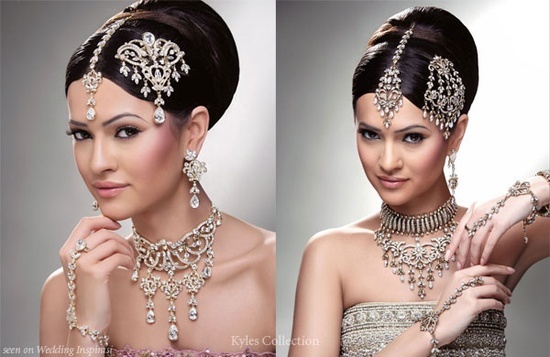
Indian Hair Jewelry Indian Jewelry Sets Bangles Rings Box Designs Band Designs Lates Gold Earnings Designs Ads Photos Images Pics

Indian Hair Jewelry Indian Jewelry Sets Bangles Rings Box Designs Band Designs Lates Gold Earnings Designs Ads Photos Images Pics
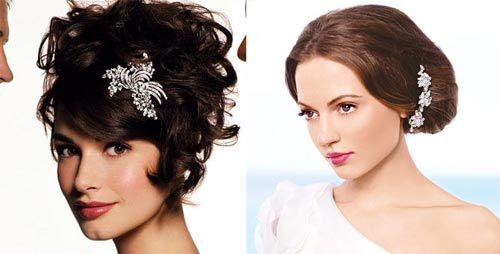
Indian Hair Jewelry Indian Jewelry Sets Bangles Rings Box Designs Band Designs Lates Gold Earnings Designs Ads Photos Images Pics

Indian Hair Jewelry Indian Jewelry Sets Bangles Rings Box Designs Band Designs Lates Gold Earnings Designs Ads Photos Images Pics

Indian Hair Jewelry Indian Jewelry Sets Bangles Rings Box Designs Band Designs Lates Gold Earnings Designs Ads Photos Images Pics

Indian Hair Jewelry Indian Jewelry Sets Bangles Rings Box Designs Band Designs Lates Gold Earnings Designs Ads Photos Images Pics
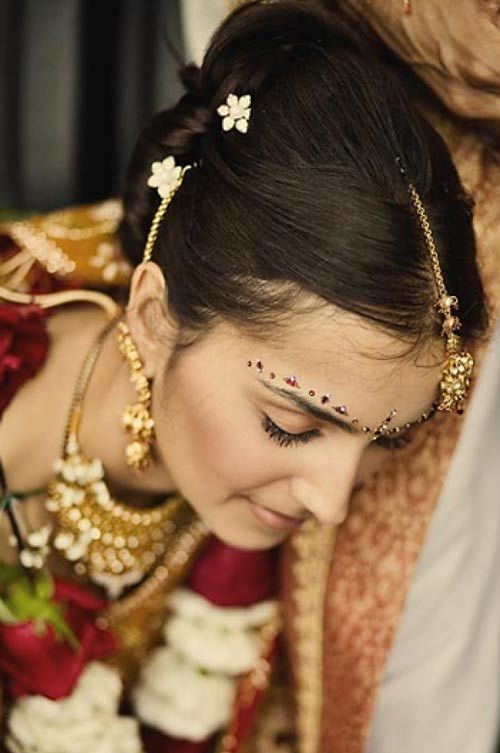
Indian Hair Jewelry Indian Jewelry Sets Bangles Rings Box Designs Band Designs Lates Gold Earnings Designs Ads Photos Images Pics

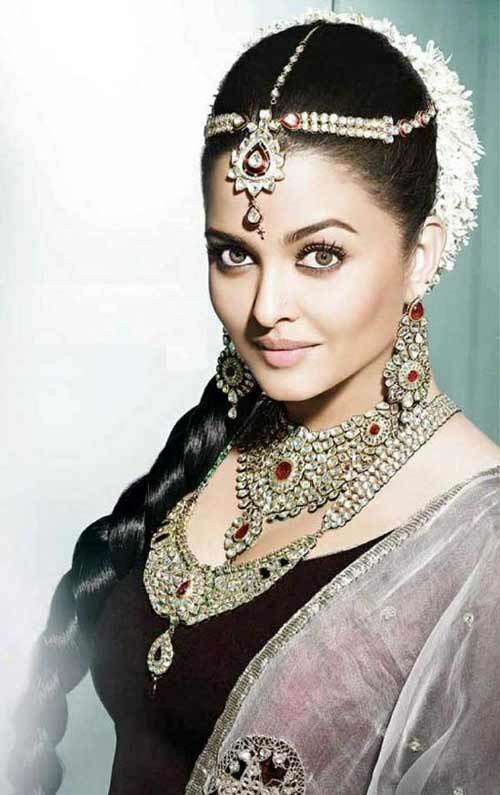
No comments:
Post a Comment